PROJECT OVERVIEW
Mobula Conservation is a collaboration of researchers working for the conservation of threatened mobula rays. We carry out interdisciplinary research that investigates the biology and ecology of mobula rays (also called Devil Rays), with a focus on the Eastern Tropical Pacific Ocean. We use multiple approaches including field research, genetics, tagging, statistical modelling, and policy analysis to produce science that informs conservation. In particular, we study the threat of fisheries bycatch, or accidental capture in fishing gear, and our research aims to develop collaborative solutions to reduce this impact. Most importantly, we work directly with fishers, fisheries managers, and broad collaborations to translate our research into action for these highly vulnerable species.



































